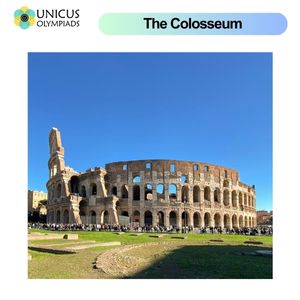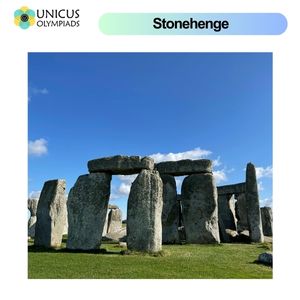

Historic sites like the Colosseum and the Pyramids are monuments that hold significant cultural, historical, and architectural importance. These sites offer us a glimpse into ancient civilizations, reflecting their engineering marvels, religious practices, and social structures. They continue to attract millions of visitors each year, contributing to our understanding of history, culture, and human achievement.

The Colosseum, also known as the Flavian Amphitheatre, is one of the most iconic and recognizable historic landmarks in the world. Located in the heart of Rome, Italy, this grand amphitheater represents the pinnacle of Roman engineering and the Roman Empire’s commitment to public entertainment.

The Pyramids of Giza, particularly the Great Pyramid, are some of the most famous and awe-inspiring ancient structures in the world. Located just outside Cairo, Egypt, they were built as tombs for the Pharaohs and represent one of the Seven Wonders of the Ancient World that still survives today.



